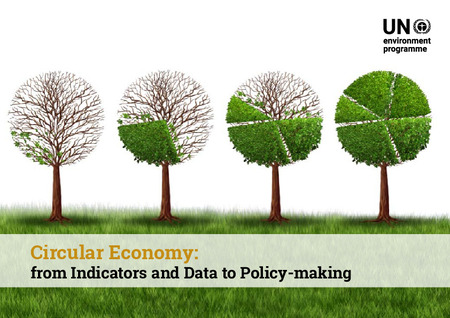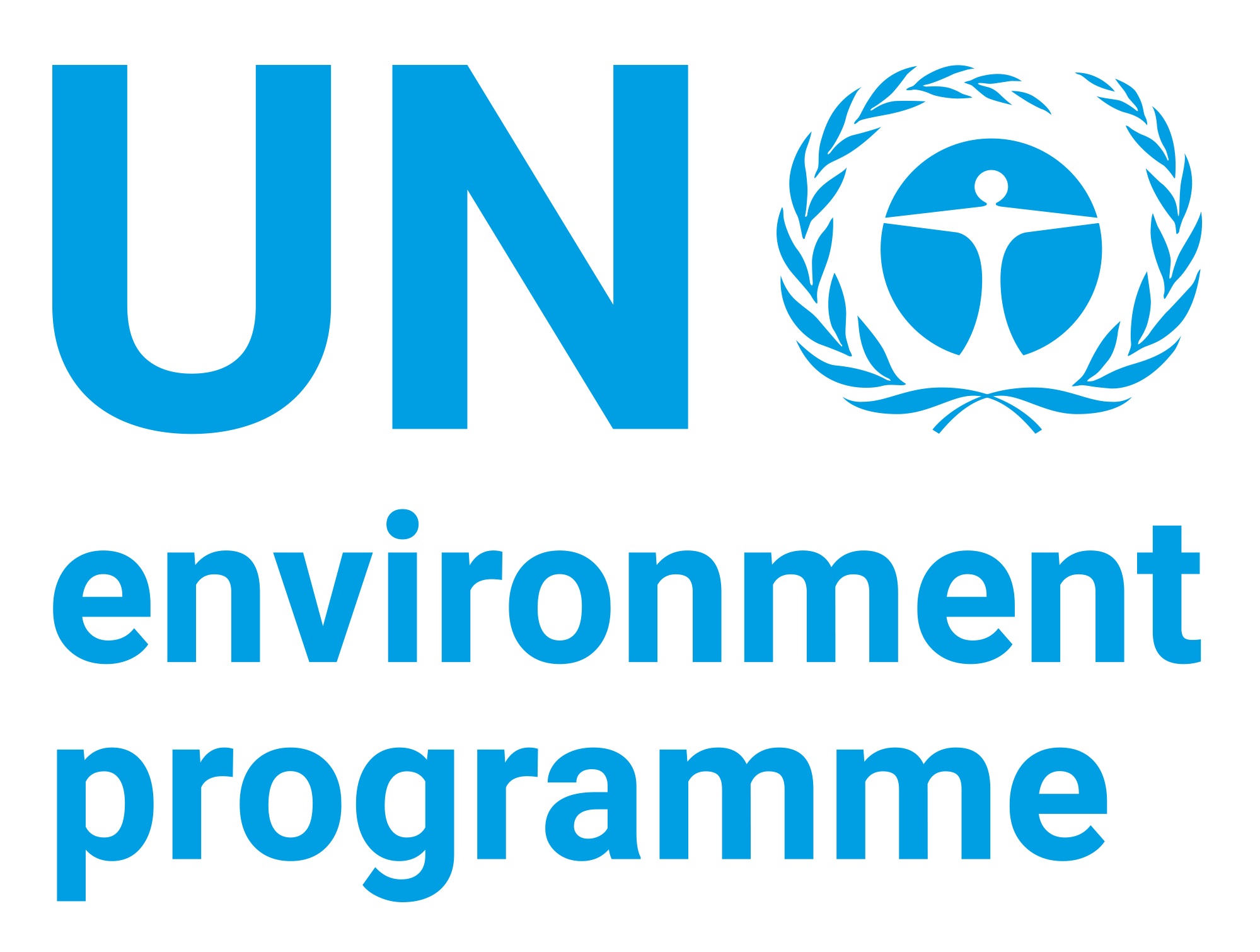Chapter 6/6: Conclusions - Circular Economy: From Indicators and Data to Policy-making

Date
2024-02Author
United Nations Environment Programme
Citation Tool
Bibliographic Managers
RT Generic T1 Chapter 6/6: Conclusions - Circular Economy: From Indicators and Data to Policy-making A1 United Nations Environment Programme YR 2024-02 LK https://wedocs.unep.org/20.500.11822/44848 PB AB TY - GEN T1 - Chapter 6/6: Conclusions - Circular Economy: From Indicators and Data to Policy-making AU - United Nations Environment Programme Y1 - 2024-02 UR - https://wedocs.unep.org/20.500.11822/44848 PB - AB - @misc{20.500.11822_44848 author = {United Nations Environment Programme}, title = {Chapter 6/6: Conclusions - Circular Economy: From Indicators and Data to Policy-making}, year = {2024-02}, abstract = {}, url = {https://wedocs.unep.org/20.500.11822/44848} } @misc{20.500.11822_44848 author = {United Nations Environment Programme}, title = {Chapter 6/6: Conclusions - Circular Economy: From Indicators and Data to Policy-making}, year = {2024-02}, abstract = {}, url = {https://wedocs.unep.org/20.500.11822/44848} } TY - GEN T1 - Chapter 6/6: Conclusions - Circular Economy: From Indicators and Data to Policy-making AU - United Nations Environment Programme UR - https://wedocs.unep.org/20.500.11822/44848 PB - AB -View/Open
Item Statistics
Display item statisticsMetadata
Show full item recordDescription
Shifting from a linear to a circular economy model is a complex, lengthy and challenging process. It requires countries to undergo structural changes and intensive technical support. There is no universal solution to apply due to the varied national economic, political, environmental, social, and cultural conditions of countries. Having information about baselines and progress achieved is key for a successful transition.
Collections
Document Viewer
To read more, scroll down below.

